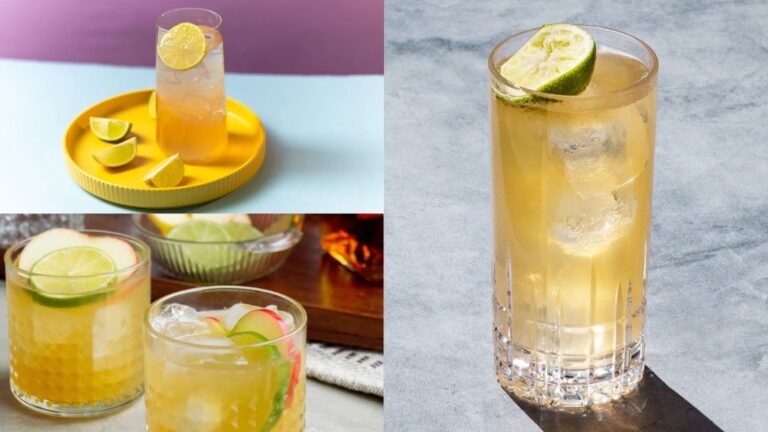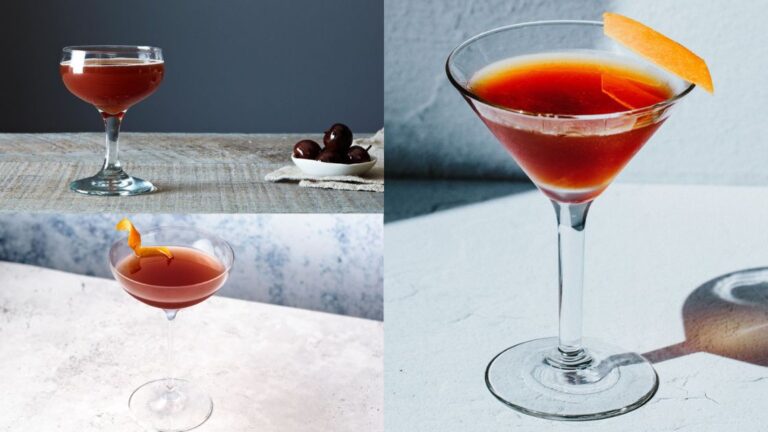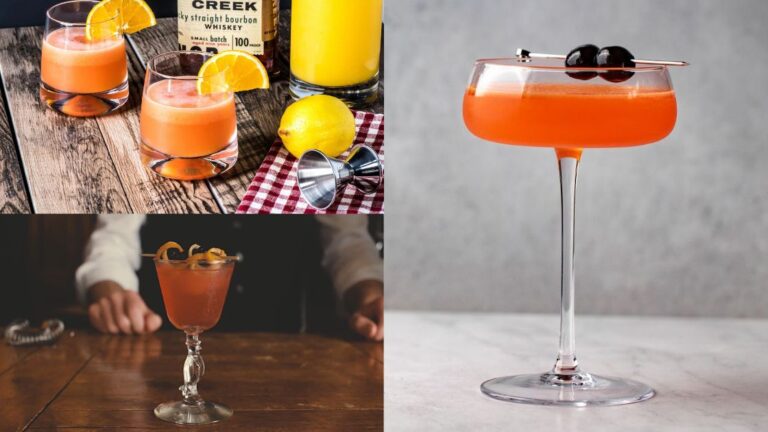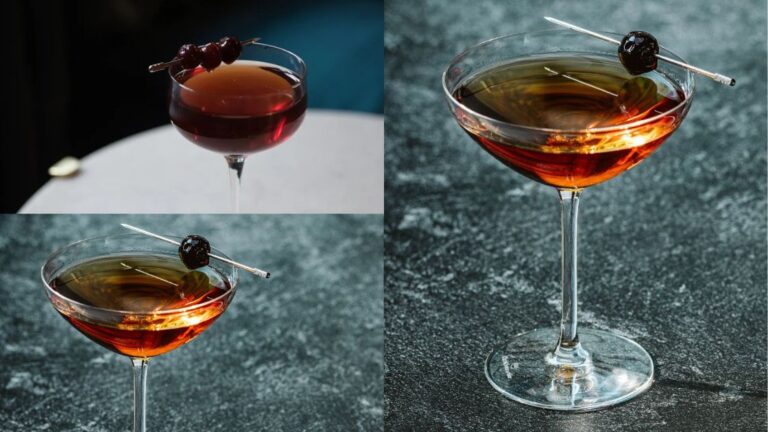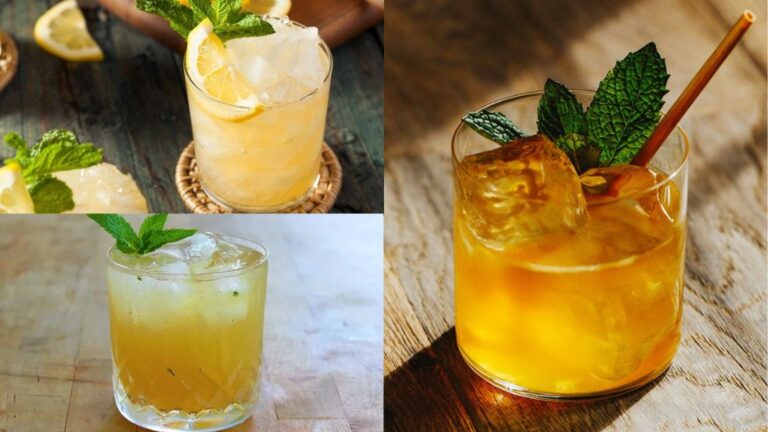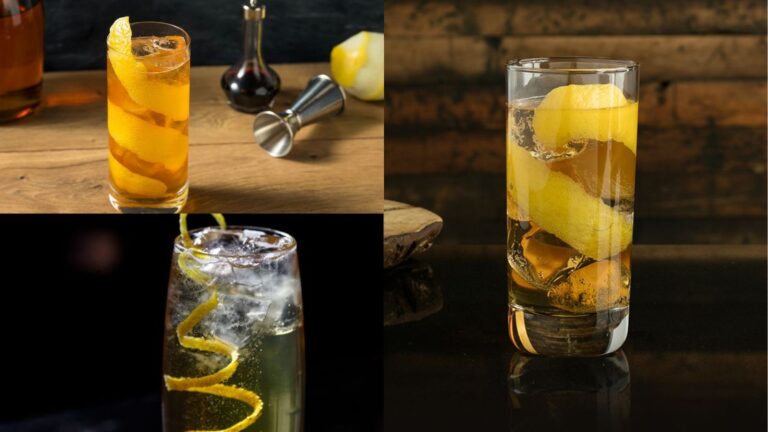Whiskey—a word that evokes a myriad of emotions, from the sophistication of a classic cocktail party to the rugged charm of a countryside distillery. It’s a spirit that has captivated the hearts of connoisseurs and casual drinkers alike, offering a complex palette of flavors and aromas that seem to tell a story with every sip. But within the broad universe of whiskey lies a category that often sparks curiosity and, sometimes, even debate: blended whiskey.
If you’ve ever found yourself browsing through the whiskey aisle of a liquor store, you may have noticed labels flaunting terms like “Single Malt,” “Bourbon,” and “Blended.” The last of these, blended whiskey, is a fascinating and multifaceted category that deserves its own moment in the spotlight. The aim of this article is to delve into the world of blended whiskey, exploring its history, how it’s made, its various types, and why it holds a place of importance in the whiskey family. Whether you’re a seasoned whiskey aficionado or a newcomer eager to learn, this guide will offer a comprehensive look at what makes blended whiskey a drink worth savoring.
What is Blended Whiskey?
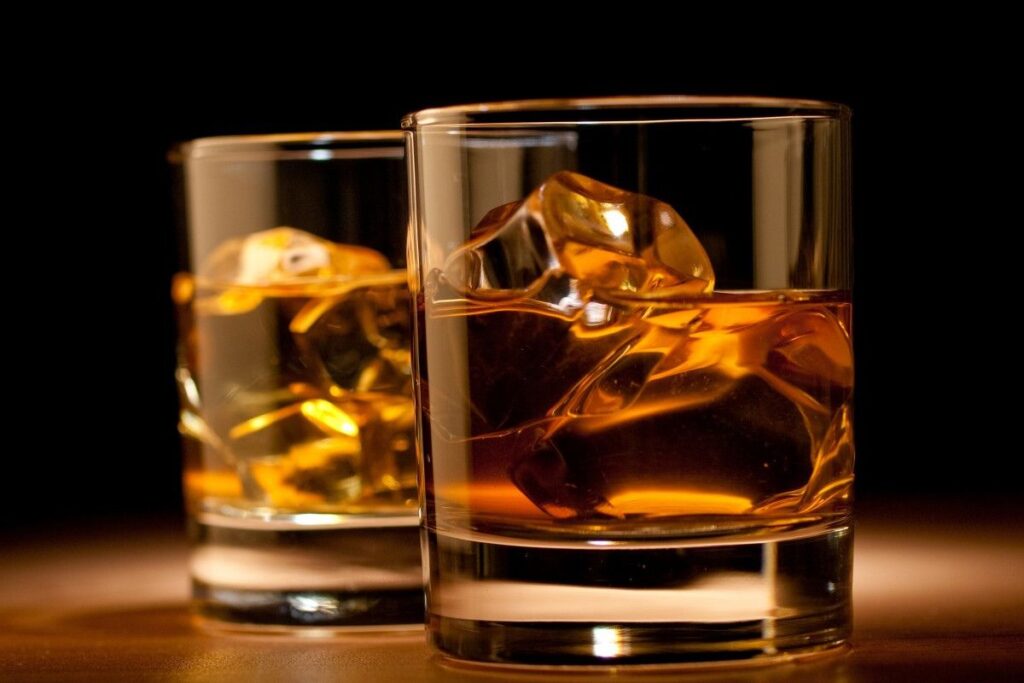
The process of making blended whiskey involves combining various whiskey varieties with neutral grain spirits, flavorings, or colorings. The primary aim is to create a consistent, well-rounded product that balances a variety of flavors and aromas. Blended whiskey can be produced in many regions and each has its own set of regulations and traditions, but there are a few common types:
- Blended Scotch Whisky: A mix of different Scotch whiskies, including malt and grain whiskies. The term “blended malt Scotch whisky” refers to a blend of single malts from more than one distillery. A “blended grain Scotch whisky” is made by blending different single grain whiskies.
- Blended American Whiskey: This category can be a bit more permissive and allows for the blending of different types of whiskey (like Bourbon, Tennessee, and Rye) as well as the inclusion of neutral grain spirits. However, regulations demand that the percentage of neutral grain spirits be clearly indicated on the label if they are used.
- Blended Irish Whiskey: Similar to the Scotch process, blending malt and grain whiskies to create a balanced product. Jameson is a well-known example.
- Canadian Blended Whisky: Often made by blending high-proof grain whisky with a smaller percentage of flavorful rye whisky.
Blended whiskies are often less expensive than their single malt or single grain counterparts, as they commonly use less expensive types of whisky in their formulation. However, this doesn’t necessarily mean they are of lesser quality. Many blended whiskies are highly regarded and enjoyed for their complexity and balance of flavors.
It’s worth noting that blending is an art form in itself, and master blenders can command a lot of respect in the whiskey industry. They must have an excellent palate and a deep understanding of how different types of whisky will interact in a blend.
History of Blended Whiskey
The history of blended whiskey is interwoven with the broader evolution of whiskey as a spirit. As whiskey production became more refined over the centuries, distillers and entrepreneurs began to experiment with blending different types of whiskeys together to achieve a more consistent and nuanced flavor profile.
In the early days of whiskey production, the spirit was often harsh and unrefined. The invention of the column still in the 19th century allowed for the production of a much smoother and lighter grain whiskey, which opened up new possibilities for blending.
Blended whiskey truly began to flourish in the 19th and early 20th centuries. The phylloxera epidemic in Europe, which devastated wine and cognac production, also played an indirect role in promoting the whiskey industry, including blends.
How is Blended Whiskey Made?
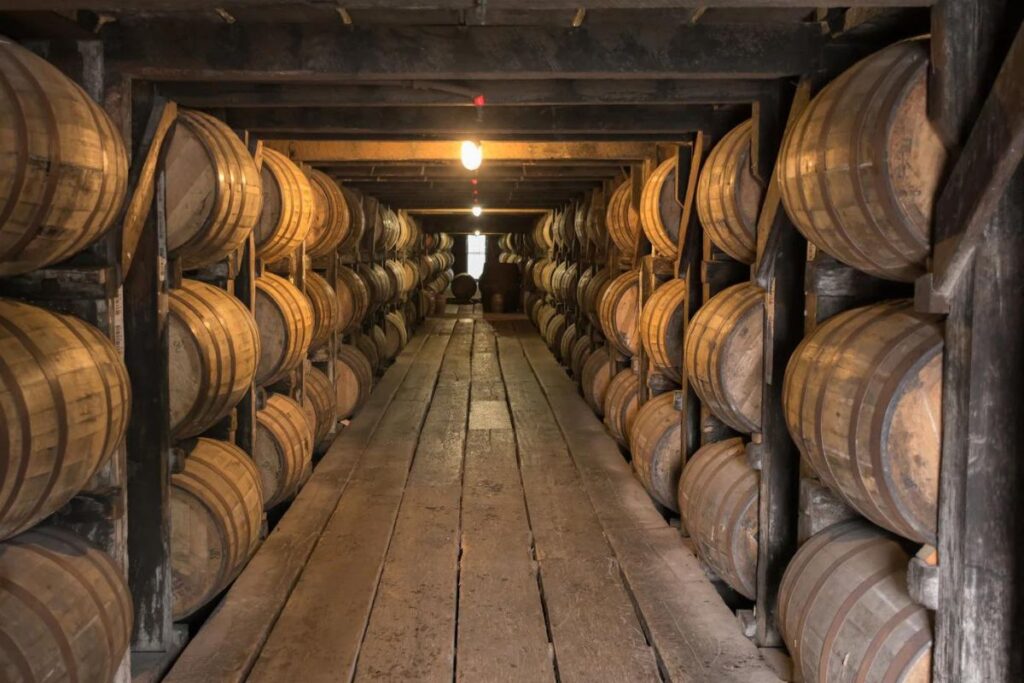
Blending is an art form as much as it is a science. It’s a process that combines various types of whiskeys to create a product with a particular set of characteristics—flavor, aroma, texture, and finish. Below are some key points about how blended whiskey is made.
The Blending Process
- Selection of Whiskeys: The first step involves selecting the types of whiskeys that will be part of the blend. This depends on what the Master Blender aims to achieve in terms of flavor, nose, and finish.
- Tasting and Profiling: Each chosen whiskey is tasted and its profile noted. This helps in understanding how the whiskeys will interact with each other.
- Trial and Error: Various combinations and ratios are experimented with in a controlled environment. Small quantities are blended and tasted to arrive at the desired profile.
- Final Blend: Once the Master Blender is satisfied with the profile, the chosen whiskeys are blended in large vats for uniformity. Further aging may occur post-blending for some types of blended whiskey.
Master Blenders and Their Role
The Master Blender is akin to a conductor in an orchestra. They must understand how each element contributes to the whole and how to bring them together harmoniously. Their role involves a deep understanding of sensory evaluation and an ability to foresee how flavors will develop over time. Master Blenders often have years, if not decades, of experience and are the custodians of a brand’s legacy and quality.
Proportion of Different Types of Whiskey in a Blend
The proportion of different types of whiskey in a blend can vary widely and is a closely guarded secret for many brands. Some blends might have a high percentage of malt whiskey for a richer profile, while others may use more grain whiskey for lightness and smoothness.
Regulatory Standards for Blended Whiskey
Regulatory standards for blended whiskey vary by country and type. For example, blended Scotch whiskey must contain both malt whiskey and grain whiskey and be distilled and aged in Scotland. American blended whiskey must contain at least 20% straight whiskey by volume, with the remainder being neutral grain spirits or other whiskeys. Labeling rules often dictate what can be termed “blended” and may also require disclosing certain information like age statements or proportions.
The art of making blended whiskey involves expertise, a finely tuned palate, and a respect for the traditions and regulations that govern this fascinating category of spirit. By appreciating the complexities behind blended whiskeys, one can more fully enjoy the craftsmanship in each bottle.
Types of Blended Whiskey
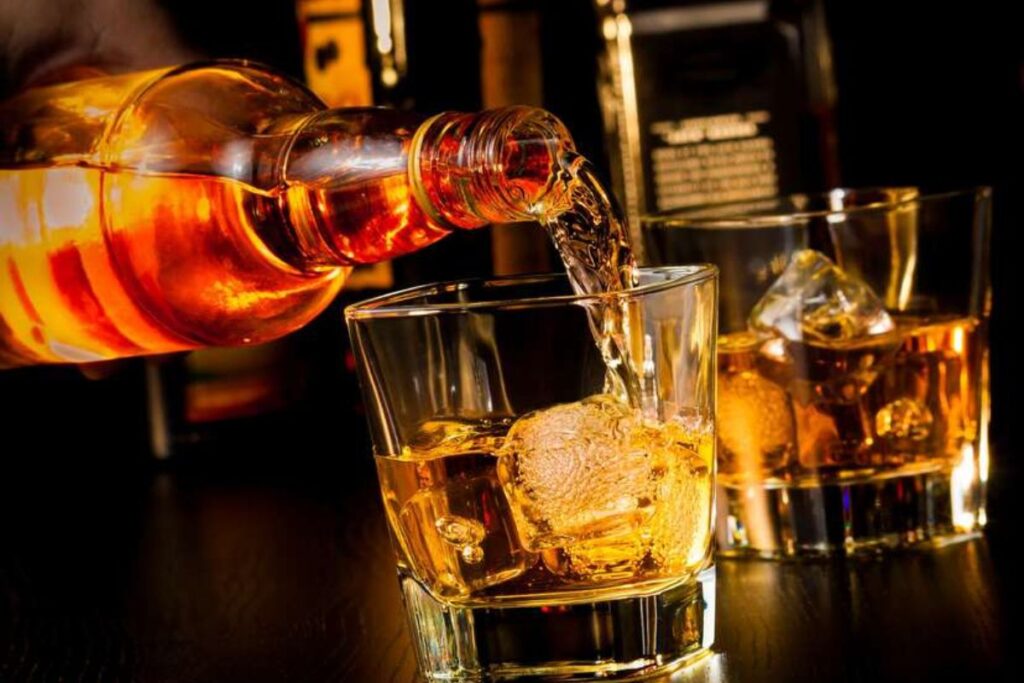
The world of blended whiskey is rich and diverse, offering a wide range of experiences for the palate. From the spicy notes of American blends to the smooth sophistication of blended Scotch, each type has its own unique characteristics. Let’s delve into some of the most common types of blended whiskey.
Blended Malt Whiskey
- Definition: A blend of two or more single malt whiskeys from different distilleries.
- Characteristics: Generally robust and rich, offering a complex mix of flavors depending on the single malts used.
- Popular Brands: Monkey Shoulder, Compass Box, Johnnie Walker Green Label.
Blended Grain Whiskey
- Definition: A blend of two or more single grain whiskeys, often from different distilleries.
- Characteristics: Typically lighter and smoother than malt whiskeys, with softer tones of vanilla and caramel.
- Popular Brands: Compass Box Hedonism, Nikka Coffey Grain, Haig Club.
Blended Scotch Whiskey
- Definition: A blend of one or more single malt Scotch whiskeys with one or more single grain Scotch whiskeys.
- Characteristics: Can vary widely but often aims for a balanced profile, with the malt providing richness and the grain offering smoothness.
- Popular Brands: Johnnie Walker, Chivas Regal, Dewar’s.
American Blended Whiskey
- Definition: A mixture of at least 20% straight whiskey with neutral grain spirits, flavorings, or other types of whiskey.
- Characteristics: Often lighter and milder than straight whiskeys, sometimes with added flavors or sweetness.
- Popular Brands: Seagram’s 7 Crown, Kessler, High West Campfire.
Irish Blended Whiskey
- Definition: A blend of different types of Irish whiskeys, including malt whiskey and grain whiskey.
- Characteristics: Known for smoothness and often triple-distilled, Irish blends offer flavors ranging from light and floral to rich and malty.
- Popular Brands: Jameson, Bushmills Original, Powers Gold Label.
Other International Blends
- Japanese Blended Whiskey: Known for meticulous craftsmanship, Japanese blends like Hibiki offer complex and harmonious flavors.
- Canadian Blended Whiskey: Often referred to as “rye” irrespective of the grain used, Canadian blends like Crown Royal are known for their smoothness and mild flavors.
- Indian Blended Whiskey: Brands like Amrut and Sula offer unique blends that incorporate the flavors and spices of the subcontinent.
Each type of blended whiskey offers a unique experience, and understanding these categories can help you find the blend that’s perfect for you. Whether you enjoy it neat, on the rocks, or as the base of a classic cocktail, there’s a blended whiskey that fits your taste.
Why Blend Whiskey?
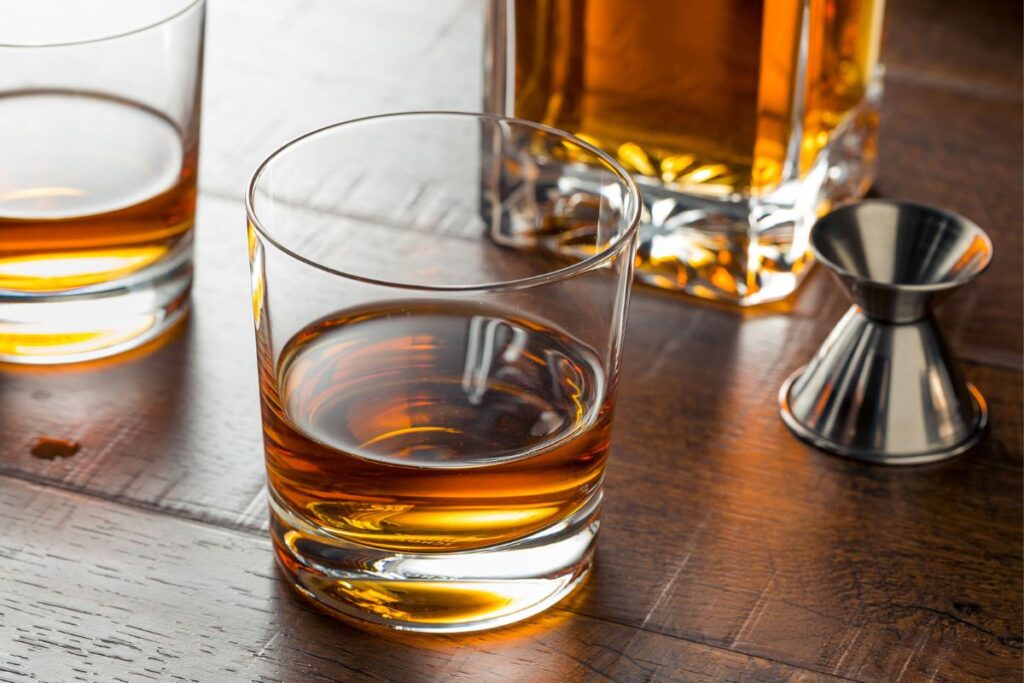
Blended whiskey has been a staple in the spirits world for generations, but why do distilleries choose to blend whiskeys? Below are some compelling reasons that make blending an attractive and intricate part of whiskey production.
Consistency
- Aiming for Uniformity: One of the primary reasons for blending is to achieve a consistent flavor profile. Unlike single malts or single casks, where each batch can be distinctly different, blended whiskeys aim to provide the same taste experience bottle after bottle, year after year.
- Customer Loyalty: Consistency is key to building customer trust and loyalty. When consumers purchase a bottle of their favorite blended whiskey, they expect it to taste just like the one they had before.
Complexity
- Layered Flavors: Blending allows Master Blenders to create a more complex flavor profile by marrying whiskeys with different characteristics.
- Harmonizing Elements: A blend can bring together the best elements of its constituent whiskeys. For instance, the smoothness of a grain whiskey can balance the richness of a malt whiskey.
Affordability
- Cost-Effective: Blending can be a cost-effective way to produce whiskey. High-quality grain whiskey is generally cheaper to produce than malt whiskey, and blending allows for a more economical product without sacrificing flavor.
- Appeal to a Broader Market: The affordability of blended whiskeys often makes them more accessible to people who are new to the world of whiskey or those who are budget-conscious.
Addressing Common Misconceptions
- Quality Is Not Compromised: One of the most common misconceptions about blended whiskey is that it is “inferior” to single malts or single cask offerings. This is not necessarily true. Blending is an art form, and many blended whiskeys are considered premium products that have won numerous awards.
- Not Just for Mixers: While blended whiskeys are often recommended for cocktails due to their balanced profile, many blends are crafted to be enjoyed neat or on the rocks.
- Respect for the Craft: Master Blenders are highly skilled artisans. The art of blending requires a deep understanding of the sensory experience, as well as the scientific know-how to create a consistent product.
Blending is an essential aspect of the whiskey industry that serves various purposes—from ensuring consistency and complexity to offering a more affordable product. While there may be misconceptions about the quality of blended whiskey, understanding the skill and reasons behind the blending process should offer a newfound appreciation for this fascinating category of whiskey.
Tasting Notes and Flavor Profiles
Understanding the flavor profiles of blended whiskeys can enhance your tasting experience and help you identify a blend that suits your palate. Let’s explore the general flavor profiles you can expect from different types of blended whiskeys, alongside examples from popular brands to guide your next tasting journey.
General Flavor Profiles
- Sweet and Smooth: Many blended whiskeys lean toward a sweeter, smoother profile. Expect notes of vanilla, caramel, and light fruits such as apple and pear.
- Spicy and Robust: Some blends aim for a spicier kick, incorporating whiskeys with notes of pepper, nutmeg, or cinnamon.
- Earthy and Herbal: Blends may also feature earthy and herbal tones, reminiscent of grass, wood, and even floral hints.
- Rich and Complex: Premium blends often aim for a complex palate, incorporating smoky, oaky, or even peaty flavors alongside the sweeter and fruitier notes.
- Nutty and Malty: Certain blends, particularly those heavy on malt whiskeys, may carry prominent malty and nutty flavors like almond or walnut.
Popular Brands and Their Flavor Profiles
- Johnnie Walker
- Black Label: Offers a balanced blend of smoky and sweet notes, with hints of vanilla and toffee.
- Blue Label: A luxurious blend, it has a rich, complex profile with honey, dried fruits, and a wisp of smoke.
- Chivas Regal
- 12-Year-Old: Known for its smooth and rich character, with notes of honey, vanilla, and ripe apple.
- 18-Year-Old: Offers a more complex profile with dark chocolate, dried fruits, and a hint of spice.
- Jameson: A classic Irish blend that is smooth and versatile, with notes of vanilla, pear, and a touch of spice.
- Crown Royal: A Canadian blend that is smooth and complex, with flavors of vanilla, apple, and a hint of floral sweetness.
- Monkey Shoulder: A blended malt Scotch that is known for its smooth, creamy vanilla notes along with orange zest and spices.
- Hibiki: A Japanese blend known for its harmony of flavors, featuring lychee, rosemary, and a subtle smokiness.
- High West Campfire: An American blend that combines bourbon, rye, and a peated Scotch, offering a unique blend of sweet, spicy, and smoky notes.
Blended whiskeys offer a broad spectrum of flavors, and the options are virtually limitless. Whether you’re a novice looking for an easy introduction to whiskey or a connoisseur seeking something complex and nuanced, there is a blended whiskey out there that is bound to captivate your palate.
Conclusion
Blended whiskey holds a unique position in the world of spirits, offering a fascinating array of flavors, complexities, and experiences that are crafted through the skillful art of blending. From the consistency that makes each bottle a familiar comfort, to the intricate layering of flavors that engage and surprise the palate, blended whiskey is a category that truly has something for everyone.
This diverse spirit offers a wide array of options, from the sweet and smooth to the rich and smoky, making it a versatile choice whether you’re enjoying it neat, on the rocks, or in a classic cocktail. And let’s not forget the role of affordability; blended whiskeys often provide a high-quality experience without breaking the bank, making them accessible to both newcomers and seasoned aficionados alike.
Contrary to some misconceptions, blended whiskeys are far from being “inferior” to their single malt or single grain counterparts. Many blends are premium products crafted by master blenders who are artisans in their own right. Their expertise lies in creating a harmonious balance from different types of whiskeys, each contributing its own unique note to the final symphony of flavors.
So if you haven’t already, we encourage you to dive into the captivating world of blended whiskey. Whether you opt for a classic like Johnnie Walker or venture into international blends like Hibiki, you’re in for a delightful journey of taste exploration.
Cheers to the wonderful world of blended whiskey—your next favorite bottle is just a sip away!
